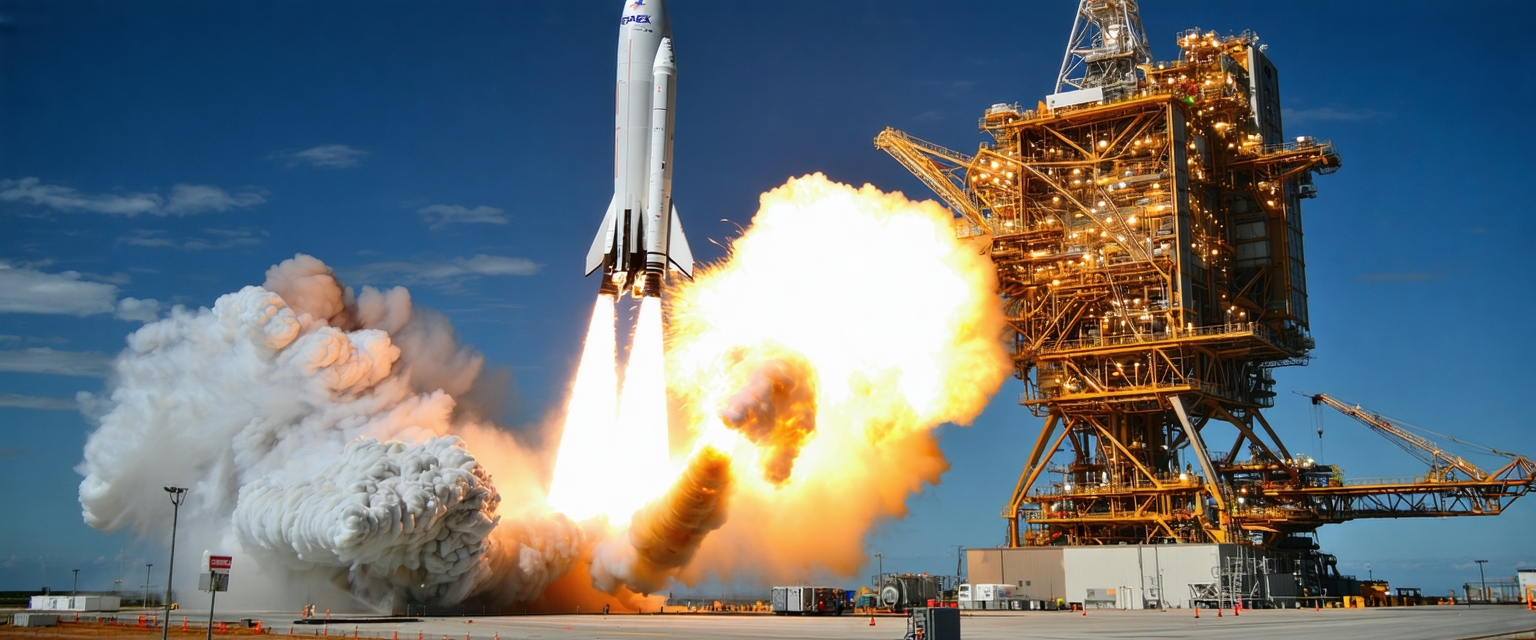






SpaceX recently conducted a successful static fire test of its Starship Super Heavy booster, marking a significant step forward in the development of the fully reusable launch system. This test paves the way for an upcoming orbital flight test, which will be a crucial milestone for the company’s ambitious Mars colonization plans.
SpaceX’s Starship is designed to be a fully reusable transportation system capable of carrying both cargo and crew to Earth orbit, the Moon, and Mars. The system consists of two main components: the Super Heavy booster, a massive rocket that provides initial thrust, and the Starship spacecraft, which will carry the payload.
Previous static fire tests have encountered setbacks, highlighting the immense technical challenges involved in developing such a powerful and complex rocket. However, each test provides invaluable data for improvement and refinement.
The recent static fire test involved igniting all 33 Raptor 2 engines of the Super Heavy booster simultaneously. This successful test demonstrated the engine’s improved performance and the enhanced integration between the engines and the booster.
The data gathered will be rigorously analyzed to further optimize the performance and safety of the launch system before the anticipated orbital flight test. The successful ignition of all engines is a monumental achievement, showcasing SpaceX’s remarkable engineering capabilities.
A successful orbital flight test will drastically reduce the cost of space travel, making access to space more accessible for scientific research, commercial endeavors, and potentially, space tourism. The development of Starship could revolutionize space exploration and human presence beyond Earth.
The successful static fire test signals a significant leap toward this goal, boosting investor confidence and reinforcing SpaceX’s position as a leading innovator in the space industry.
SpaceX plans to conduct the orbital flight test in the near future, pending regulatory approvals and further analysis of the static fire data. This test will be a critical milestone, demonstrating the complete functionality of the Starship system.
The success of the orbital test will pave the way for more ambitious missions, including lunar landings and ultimately, human missions to Mars.